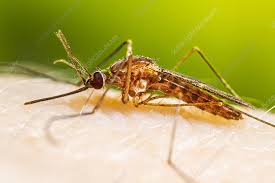Thanks to warm temperatures, steady humidity, and the mix of wooded landscapes and residential growth throughout Madison County. From neighborhoods near Redstone Arsenal to the foothills of Monte Sano, several mosquito species thrive in the area and become especially active during the spring and summer months. Understanding which species are most common and how they behave helps homeowners stay ahead of rising mosquito pressure as the seasons change. Below are the primary mosquito species you’ll encounter in the Huntsville, AL region.
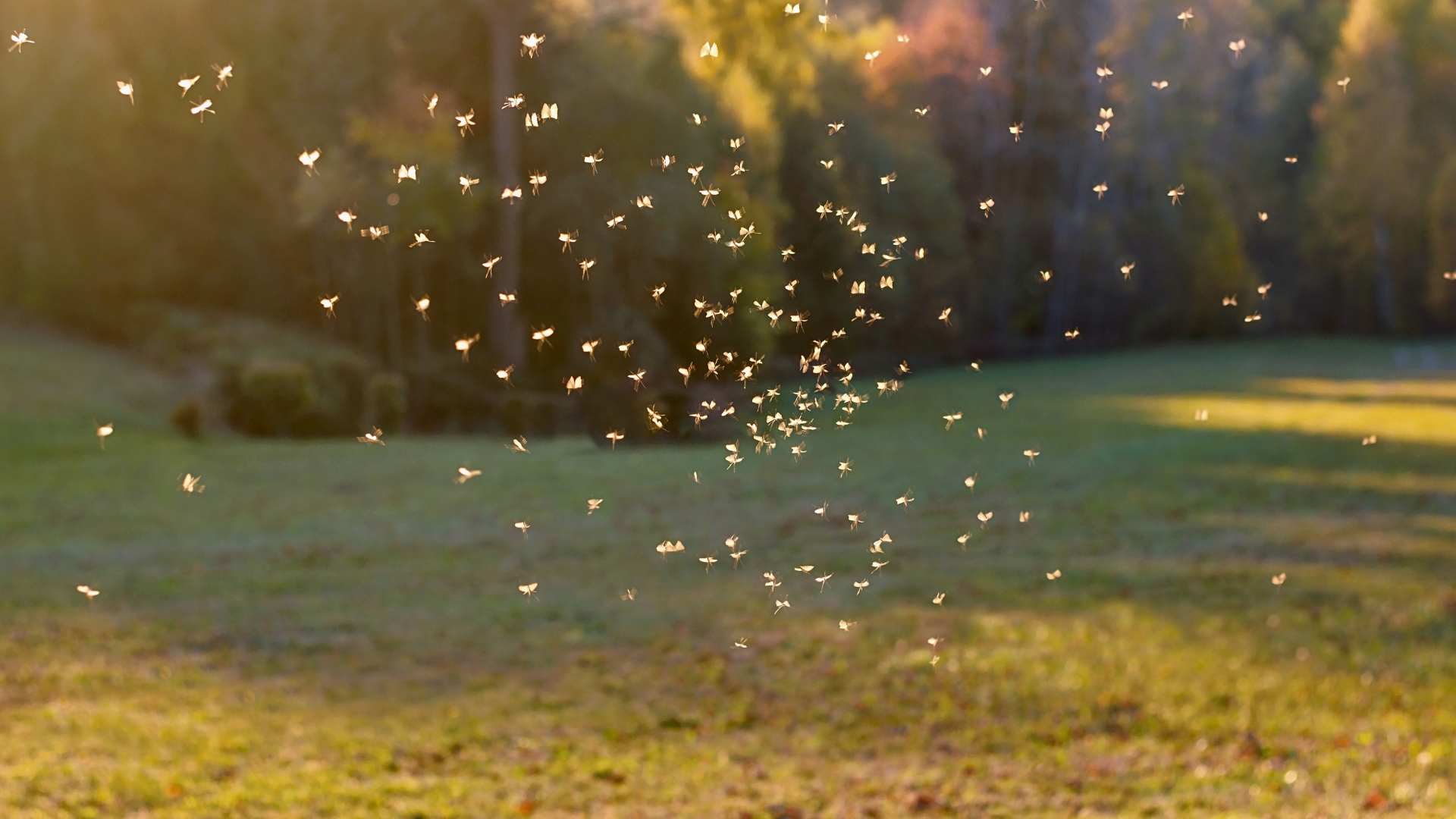
Identification: Small, dark mosquito with white banding on the legs and a lyre-shaped marking on the thorax.
Habitat: Thrives in urban and suburban areas across Huntsville breeds in buckets, toys, birdbaths, flowerpots, and any standing water around homes.
Behavior: Aggressive daytime biter, especially active during early morning and late afternoon.
Health Risks: Known vector of Zika virus, dengue, and chikungunya, with a preference for biting humans.
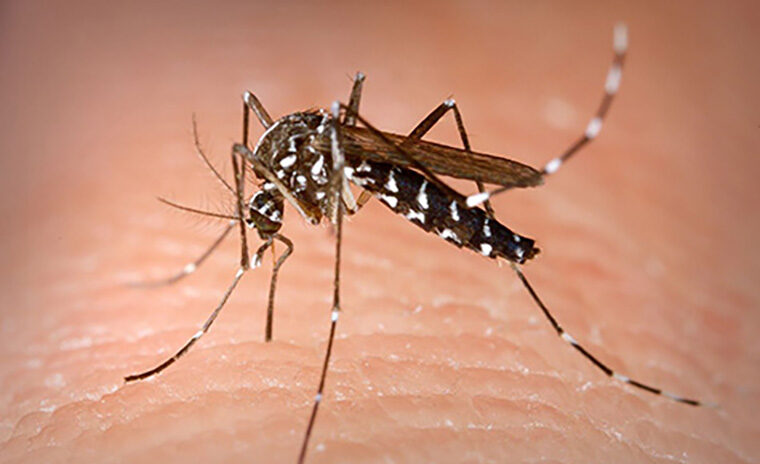
Identification: Black body with a distinct white stripe running down the back; banded legs.
Habitat: Extremely common in shaded yards, wooded edges, and near lush, overwatered lawns throughout Madison County. Breeds easily in small containers and natural pockets of water.
Behavior: Daytime biter that often targets ankles and lower legs.
Health Risks: Can transmit West Nile virus, Zika, and dengue.
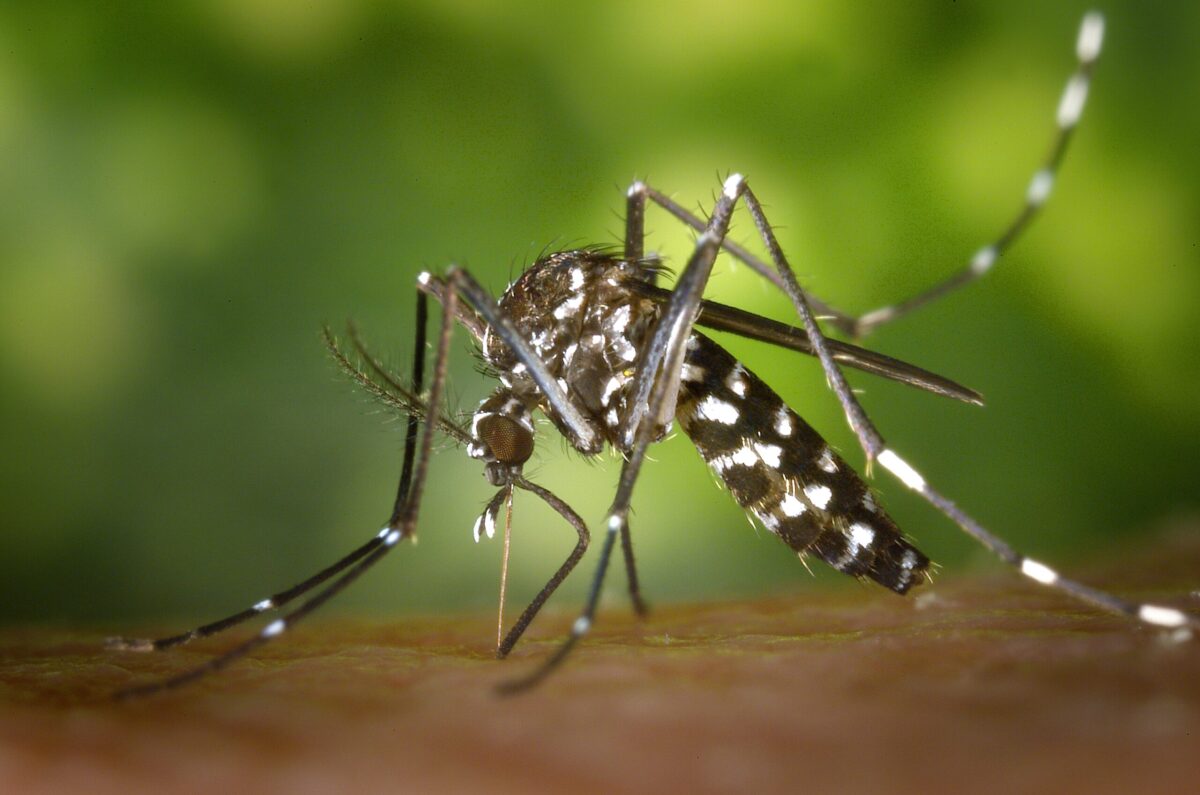
Identification: Light brown mosquito with subtle striping across the abdomen.
Habitat: Frequently found near stagnant water storm drains, roadside ditches, retention ponds, old birdbaths, and areas affected by Huntsville’s frequent summer humidity.
Behavior: Most active at night and known to enter homes.
Health Risks: Primary vector of West Nile virus across the Southeast.
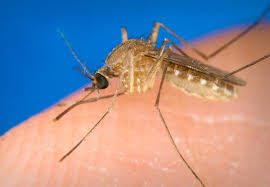
Identification: Medium-sized mosquito with four dark spots on each wing. Rests at a distinct 45-degree angle.
Habitat: Favors clean, slow-moving freshwater marshy areas, creeks, ponds, and rural pockets on the outskirts of Huntsville.
Behavior: Active at dusk and dawn.
Health Risks: Former malaria vector; still causes persistent biting in wooded and semi-rural environments.
